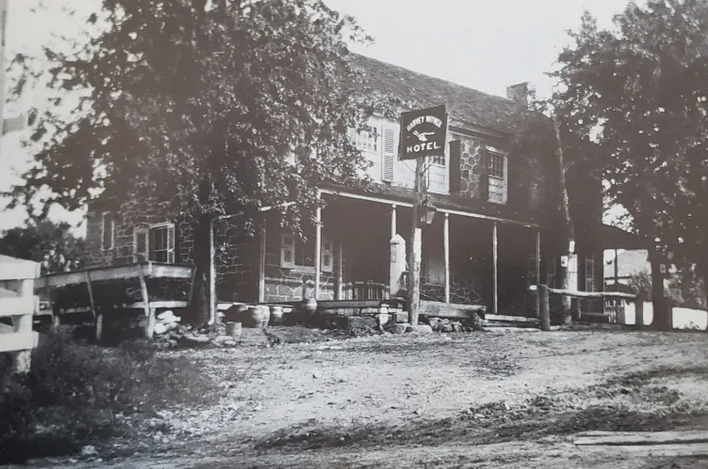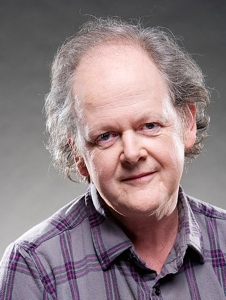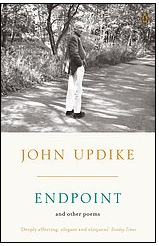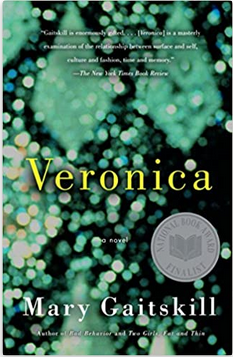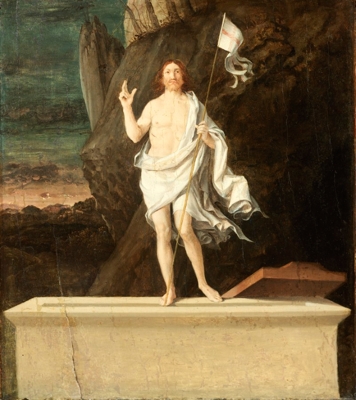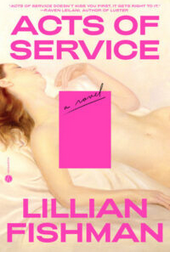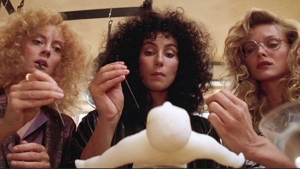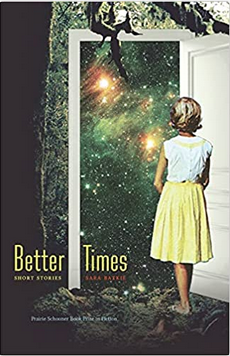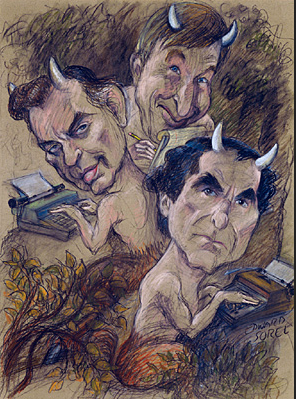“Plowville” to an Updike fan calls to mind the image of 13-year-old John in the back of the family Buick looking out of the rear window at his beloved dogwood tree and house at 117 Philadelphia Avenue receding into the distance, both spatially and temporally.
Plowville is big part of the Updike story, and readers might want to check out the historical feature on Plowville that Susan Miers Smith wrote for the Reading Eagle in January 2022: “Berks Place: Plowville a slice of Americana in Robeson Township; The village grew up around a well-known hotel on Route 10.”
Smith writes, “The cemetery is also the final resting spot of Linda Grace Hoyer Updike and Wesley Russell Updike, the parents of author John Updike. Linda Updike was born in and died in a Plowville farmhouse nearby.” That farmhouse was prominently featured in Updike’s early novel Of the Farm, in which a writer returns to visit his parents and introduce to them his second wife—with tensions between wife and mother creating much of the drama.

